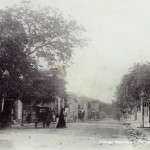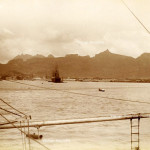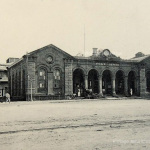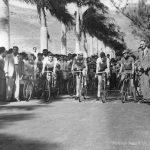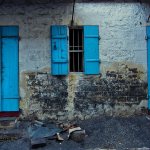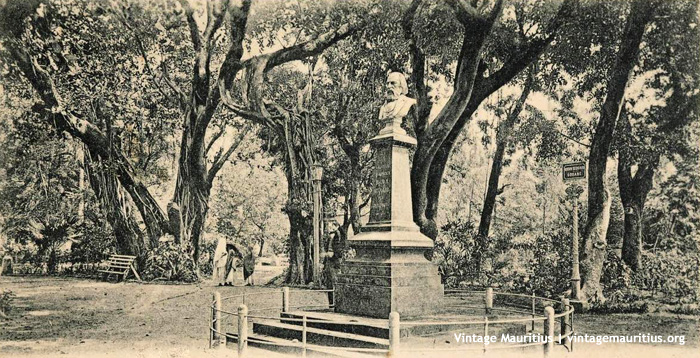
Port Louis – Company Garden – Brown Sequard – 1900s
Anyone who goes to Port Louis, be it for a simple courtesy visit or for professional activities, must certainly know the Company Garden on La Chaussée Street. The Garden dates back since the colonies and certainly has its own story, but this article is more about the monuments dwelling in this beautiful garden. Even since the early time till now, quite some monuments have been erected in this garden and it is doubted this will stop here; there certainly will be more to come. The garden has three sides, one having the main entrance on La Chaussée Street and the second part is found opposite the main one and is separated by the Brown Sequard avenue… and the third one aside the second one and separated by the Mere Barthelemy Street.
In the first part, the monuments that can be seen are:
Raoul Rivet Monument




This monument reads: “Je dois à la France d’être un homme pensant – Raoul Rivet“, which can be translated into “I Owe to France for being a man who thinks.”
And the lower part reads: “Ce buste fut devoilé le 18 Septembre 1980 par le president de la commission municipale le Dr K.Nundrochan“.
Next to it there is:
Remy Ollier Monument





This monument reads: “A REMY OLLIER 1816 – 1845 SES COMPATRIOTES” – “LE CENTENAIRE DE LA NAISSANCE DE REMY OLLIER A ETE CELEBRE ICI LE DIMANCHE 15 OCTOBRE 1916” – “SIR CRAHAM BOWER K.C.M.C – THE HBLC DR. E.LAURENT MAYOR. C E T PITOT DE LA BEAUJARDIERE DY MAYOR. – 21ST NOVEMBER 1008” (probably that last one should read 1908 or 2008)
At the middle of the main garden there is also:
ADRIEN D’EPINAY



This one reads: “A ADRIEN D’EPINAY L’ILE MAURICE” – “EN SOUVENIR DU CENTENAIRE DE LA MORT D’ADRIEN D’EPINAY 1839 – 1939”
And a last one at the back/exit of the garden:
LEOVILLE L’HOMME


This one reads: “LEOVILLE L’HOMME 1857 – 1928”
After exiting through the main garden, and crossing the Brown Sequard Avenue, the 2nd part of the garden shows the following:
BROWN SEQUARD Monument


This monument reads: “BROWN-SEQUARD 1817-1894 PROFESSEUR DE PHYSIOLOGIE AU COLLEGE DE FRANCE – SES COMPATRIOTES – HERE TRULY WAS A MAURITIAN OF WHOM HIS COMPATRIOTS MAY WELL AND JUSTLY BE PROUD – A MAN TO WHOSE CHARACTER SELFISHNESS AND SELF ASSUMPTION WERE UTTER STRANGERS – A NOBLE LIFE OF HIGH GIFTS AND POWERS OF INTELLECT AND RESEARCH DEVOTED ABSOLUTELY AND UNSPARINGLY TO THE WELFARE OF HIS KIND IN AGES YET TO COME” (F.Conde Williams)
MANILAL MAGANLAL DOCTOR
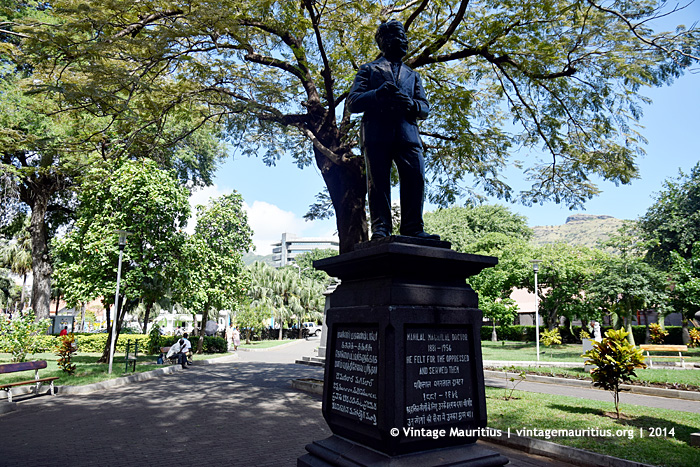
Dr Manilal Maganlal Port Louis Company Garden
This one reads in more than one language: “MANILAL MAGANLAL DOCTOR – 1881 – 1956 – HE FELT FOR THE OPPRESSED AND SERVED THEM”
ALPHONSE RAVATON Monument
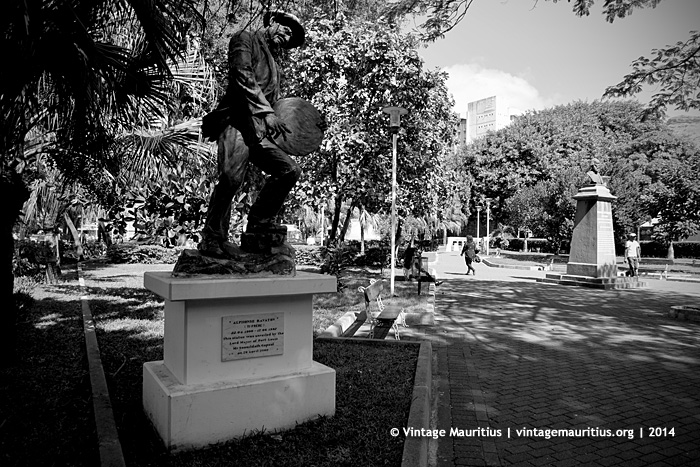
Alphonse Ravaton Monument Port Louis Company Garden
This monument reads: “ALPHONSE RAVATON (TI FRERE) 22.04.1900 – 17.06.1992 THIS STATUE WAS UNVEILED BY THE LORD MAYOR OF PORT LOUIS MR SOONILDATH GOPAUL ON 28 APRIL 2000”
After crossing the Mere Barthelemy Street the final and third part of the Company Garden reveals the following:
SOEUR MARIE BARTHELEMY




This monument reads: “A LA MEMOIRE DE LA MERE DES PAUVRES SOEUR MARIE BARTHELEMY – LES MAURICIENS RECONNAISSANTS LUI ON DEDIE CE MONUMENT.” – “NOMMEE SUPERIEURE PROVINCIALE DU COUVENT DE NOTRE DAME DE BON ET PERPETUEL SECOURS A L’ILE MAURICE ET 1ER AOUT 1896 ELLE MOURUT EN MER LE 17 AOUT 1897” – “JE PLEURAIS SUR CELUI QUI ETAIT AFFLIGE ET MON AME ETAIT COMPATISSANTE ENVERS LE PAUVRE. – Job.Chap.XXX.V.25” – BIENHEUREUX CEUX QUI SONT MISERICORDIEUX: PARCE QU’ILS OBTIENDRONT EUX-MEME MISERICORDE: St Mathieu Chap.V v 7”
AL-IDRISSI




This monument reads: “Al-Idrissi (1100 – 1165) THIS COMMEMORATIVE PLAQUE WAS UNVEILED BY DR THE HON NAVINCHANDRA RAMGOOLAM, GCSK, FRCP, PRIME MINISTER IN THE PRESENCE OF DR THE HON AHMED RASHID BEEBEEJAUN, GCSK, FRCP, DEPUTY PRIME MINISTER, MINISTER OF ENERGY AND PUBLIC UTILITIES, HON MOOKHESSWUR CHOONEE, MINISTER OF ARTS AND CULTURE MR SHEIKH MUKHTAR HOSSENBOCUS, LORD MAYOR, MUNICIPAL COUNCIL OF PORT LOUIS IN RECOGNITION TO AL-IDRISSI’S CONTRIBUTIONS TO WORLD GEOGRAPHY, CARTOGRAPHY, EXPLORATIONS, BOTANY AND THE CONFLUENCE OF CIVILIZATIONS. 08.08.2010” – “SHARIF AL-IDRISSI (env. 1100 – 1165) est célèbre pour son Livre de Roger (1154 – 1157), l’atlas du monde le plus complet de l’ère pré moderne. Le cartographe à la Cour de Sicile croyait que le monde était sphérique et révolutionnait son temps ou l’idée d’une terre plate était en règle. Son travail fut la référence en la matière jusqu’au 16ème siècle en Europe et le monde arabo-musulman. Basée sur des informations transmises par des marchands, voyageurs et navigateurs, sa carte du monde connu de l’époque était inversée, le nord étant au sud et inversément, suivant une convention chinoise. La réproduction du planisphère est donc inversée par rapport à l’orientation sud/nord de l’ouvrage original. On remarquera que l’océan Indien communique avec l’Atlantique, alor que l’on représentait comme une mer fermée à cette époque. Des iles de l’océan Indien y sont reportées. Cette représentation du monde, on peut le supposer, a pu permettre à des navigateurs à explorer ces terres, dont les Comores, Madagascar et les iles des Mascareignes. L’oeuvre d’al Idrissi est un brillant exemple de la rencontre des civilisations arabe, byzantine et normande et a marqué la géographie et cartographie mondiales.“
